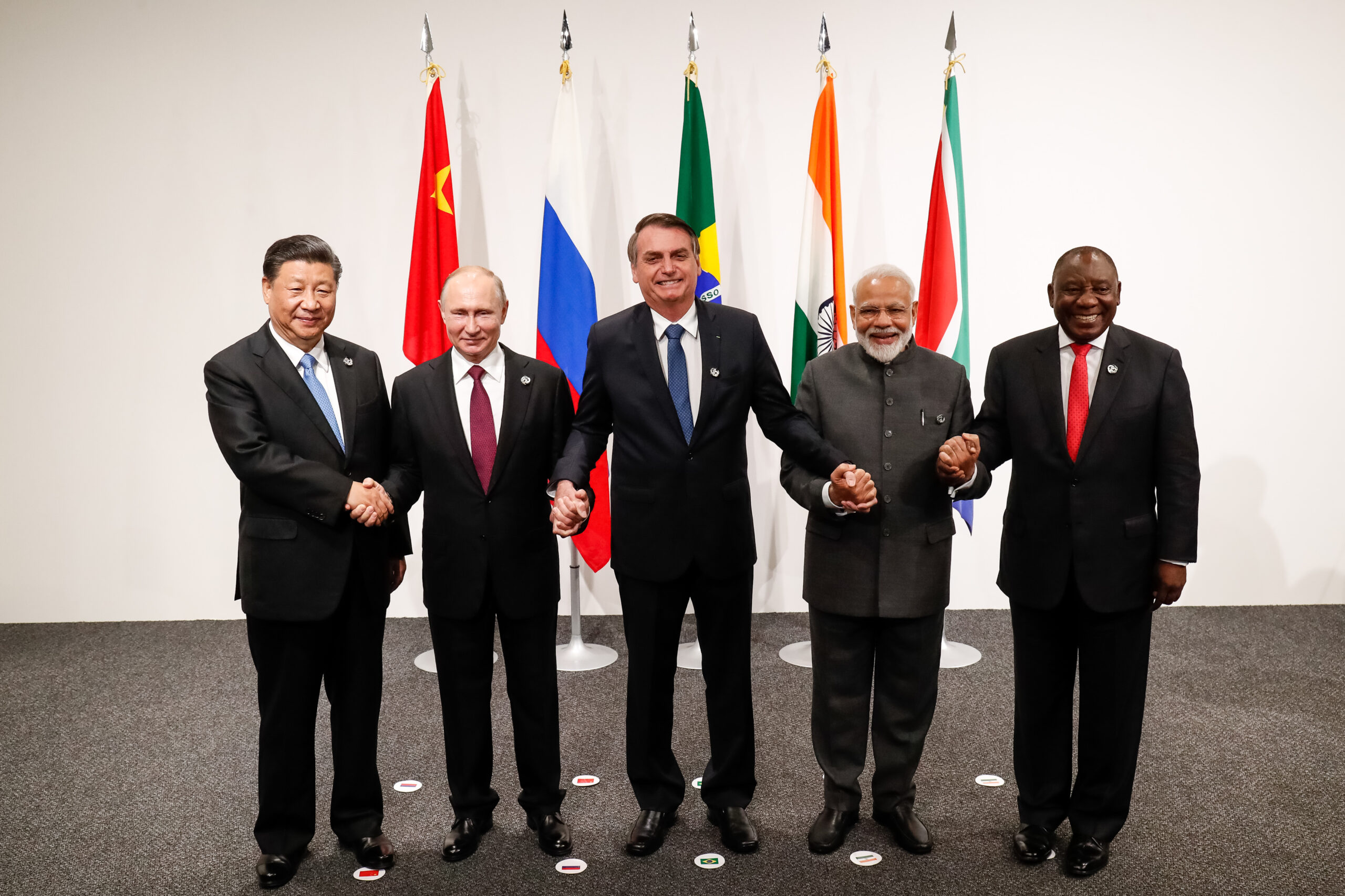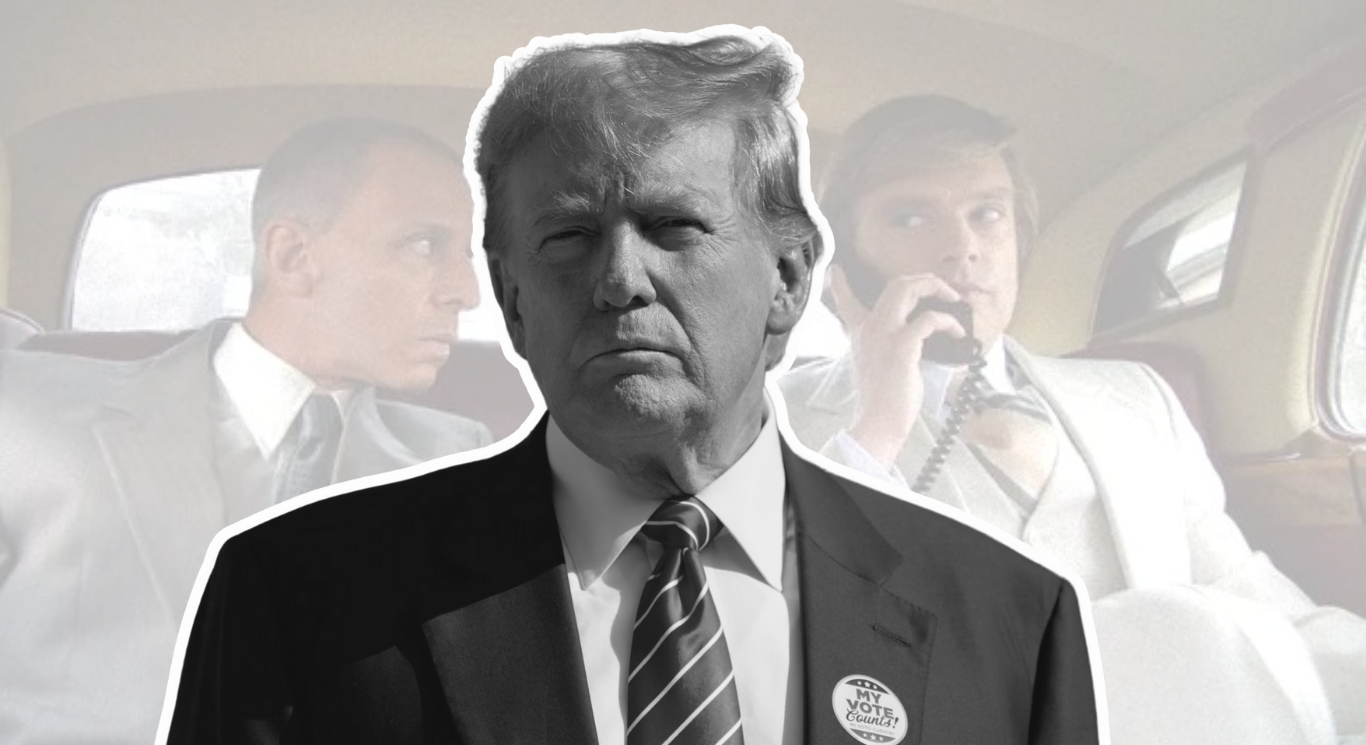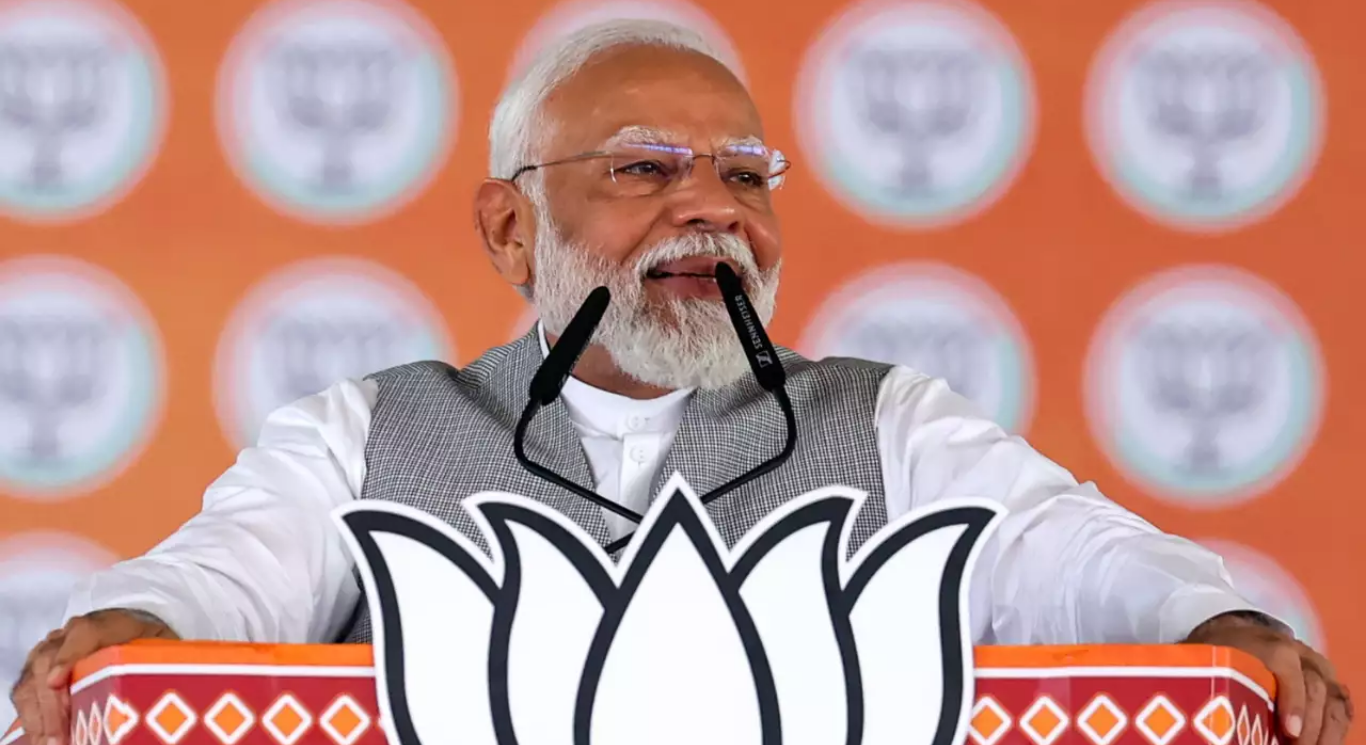










The term “BRICS,” which stands for Brazil, Russia, India, China, and South Africa, became popular as the world’s economic landscape began to change. It has recently acquired popularity as the cry for de-dollarization is growing and India has begun referring to the “Global South” at a time when the Ukraine War and US-China Tensions appear to have the potential to split the world.
The 15th BRICS Summit, which begins on Wednesday in Johannesburg, South Africa, is anticipated to set the grouping on a new course as more members are likely to be accepted and the five nations may decide to stop trading in dollars.
In the 2001 book Building Better Global Economic BRICS by Goldman Sachs economist Jim O’Neill, the acronym BRIC first arose. It was designed to predict how Brazil, Russia, India, and China will fare economically. Later, South Africa was included on the list to complete the BRICS.
By 2050, the BRIC nations were predicted to control the world economy. Although many people viewed the acronym as mere marketing gimmick to entice investors, it did showcase the countries’ investment potential.
Goldman launched an investment fund with a BRICS concentration in 2006, however it was shut down in 2015 and merged with a larger emerging markets fund. That was perceived as the conclusion of the BRICS period. Major developing markets were struggling.
Russia and Brazil were in recessions, while China, a longtime global economic powerhouse, was about to embark on its slowest expansion since 1990. According to Bloomberg, the collapse of the BRIC fund, which had lost 88% of its assets since its peak in 2010, also demonstrated how investors are growing less interested in the concept of grouping many nations under a single investing theme. The four nations still made up more than a fifth of the world’s GDP, but their chances of expanding had diminished.
“The promise of BRIC’s rapid and sustainable growth has been challenged very much for the last five years or so, Jorge Mariscal, then chief investment officer of emerging markets at UBS Wealth Management, had told Bloomberg. “The BRIC concept was popular. But nothing is eternal.”
Jim O’Neill, who came up with the acronym, wrote in a blog post from two years ago: “First, and contrary to repeated suggestion, the main point of my original November 2001 paper, “The World Needs Better Economic BRICS,” was neither to forecast endless growth for these economies nor to advance some new marketing concept for investment funds. Anyone who read that article would be aware of the main contention, which was that these economies’ likely relative GDP rise will have significant ramifications for systems of global governance.
The investment and economic philosophy behind BRICS was that. It became a real bloc of nations in 2009, when the leaders of the four nations gathered for its inaugural summit in Russia. When South Africa became a member of BRICS in 2010, the group was given a new moniker.
As China and Russia began to rival the US for global power and began efforts to win over other nations, BRICS once more made news. According to data from a few months ago, the BRICS nations have outperformed the G7 club of developed economies in terms of GDP measured in terms of buying power parity. In comparison to the G7 countries, which account for 30.7% of the global GDP, the five BRICS nations are reported to collectively contribute close to 31.5%. 42 percent of the world’s population and 23% of the global GDP are currently accounted for by the BRICS.
However, because of their diverse economies and intricate geopolitical relationships, BRICS nations have never been able to leverage or exercise considerable political influence.
According to Bloomberg, the consensus-driven bloc’s capacity to grow its influence at organisations like the International Monetary Fund, the World Bank, or the United Nations Security Council has been constrained by the members’ deep divides. In its eight years of existence, a BRICS development bank has only issued $32.8 billion in loans, a negligible portion of the total sums the IMF and World Bank have given out during that time. The idea of the bloc establishing a single currency hasn’t gained any traction.
The BRICS nations are currently attempting to separate themselves from the G7 influence as the advanced G7 countries battle several challenges, both economic and geopolitical. The choice to trade in local currencies rather than US dollars is a significant decision that is anticipated at the summit in South Africa. The G7 nations are facing a challenge as the BRICS group appears to be forming as a competitor bloc, since 22 countries have already sought to join the group.
They desire to join the five-nation BRICS grouping India’s BRICS as nations throughout the world rise to fulfil the “unfinished business” of the previous century. According to Sherpa Dammu Ravi. He stated that the struggle for liberation and independence from colonial domination was no longer the “unfinished business” of the 20th century and that economic development would take its place as the top objective in the 21st century.
“The traditional global governing system has become dysfunctional, deficient and missing in action,” Chen Xiaodong, the Chinese ambassador to Pretoria, said at a briefing last week, adding the BRICS are “increasingly becoming a staunch force in defending international justice”. Anil Sooklal, South Africa’s ambassador-at-large for Asia and the BRICS, told AFP last week that one of the reasons countries are lining up to join is “the very polarised world we live in, that has been further polarised by the Russia-Ukraine crisis, and where countries are being forced to take sides”.
“Countries in the South don’t want to be told who to support, how to behave and how to conduct their sovereign affairs. They are strong enough now to assert their respective positions,” added Sooklal.
BRICS, however, is still viewed as being too nascent to be able to masquerade as the West’s opponent. Russia and China are particularly interested in expanding the group’s membership, although India and Brazil have qualifying places as well. This appears to be a ploy to steer the organisation towards a rival alliance. However, the challenge for BRICS is difficult due to a wide discrepancy in markets, economies, currencies, and geopolitical agendas, not to mention the significant gap between China and India.
Also Read: Supreme Court allows Gujarat rape victim to terminate pregnancy
Catch all the Latest Business News, Breaking News Events and Latest News Updates on NewsX)









